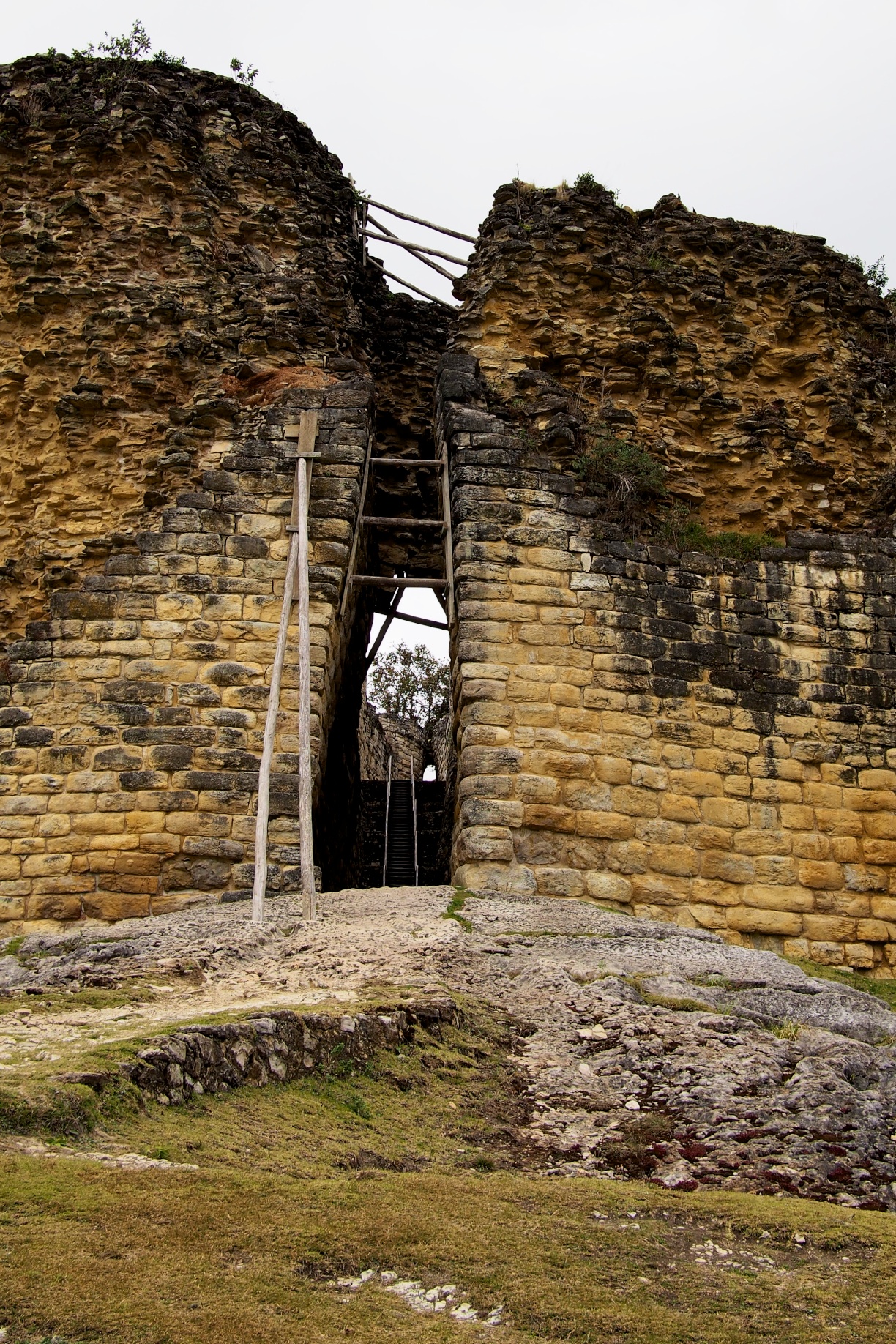Kuelap -- The Fortress in the Sky
/The view from some houses near the main temple.
After the Amazon, we flew into Tarapoto for a stopover night before taking an 8 hour minivan ride to our next destination, Chachapoyas. It was quite the journey - of the 4 children that entered the van, half of them suffered from motion sickness. One did twice, sitting right next to me, the other four times, including once on her mother's arm and younger brother's head. Omen of things to come?
Thankfully not, but winding roads are a motif you won't be able to avoid if you visit this mountain town. The morning after our arrival, we jumped in another minivan for the mostly unpaved 2.5 hour mountainside drive to Kuelap, the fortress ruins of the Chachapoyas. No children on this trip, thankfully, so we were free to enjoy the beautiful views as the morning clouds began to disperse and we inched our way towards the ticket office. After buying the tickets, it was a 1.5 to 2 kilometer hike to reach the fortress itself. Construction of the complex began in the 6th century and continued on into the 16th century, after the Spanish had begun their occupation of Peru.
Surrounded by a wall that varied in height from some 8-20 meters tall, the fortress was created with two levels - one for commoners, another higher level for their most important people. Everyone lived in similar round houses with thatched roofs that were designed to better withstand the strong winds atop the mountain. The houses of the shamans were adorned with various patterns - zig-zags to represent the serpent deity, rhombuses to represent the eyes of their feline deity.
3 entrances provided access to the inner sanctuary. The primary entrance was for important people only! Commoners and llamas were relegated to entrance #2.
Entrance #1
Entrance #2. As you walk in, you can see the marks where the llamas would constantly walk.
Some of the decorations that covered the walls of the main entrance are still in good condition, depicting their main three gods - the Condor, the Puma, and the Snake - sometimes all at once:
Head of a Condor (god of the sky), body of a Puma (god of the land), tail of a Snake (god of the underworld).
Beyond the decorations, beyond the height of the walls, beyond even the remarkably-intact main temple, what impressed me the most were the views from the fortress and the obvious tactical advantage they would have provided. The Chachapoyas would have been able to see any threat approaching them well before they would have been in danger.
The only threat they couldn't defeat was when the Inca laid siege and cut them off from outside sources of water. The rain wells they had dug could not sustain them and the Chachapoyas eventually surrendered to the Inca. The site remained inhabited until the Spanish arrived and you will see the remains of both round Chachapoyas houses and square Incan houses on the grounds.
Every mountaintop fortress needs a good watchman.
Details: We did this tour through our fantastic hostel, Chachapoyas Backpackers. The cost was 35 soles per person, which covered transport and the guide. In addition, you pay for entrance (8 soles for a student, so bring your ID!) and for lunch at a restaurant in the town of Maria, very close to Kuelap. (12-20 soles per entree, comes with soup and herbal tea. You don't eat until 3, so plan accordingly. Some people packed a lunch, which in hindsight may have been a good idea. In total, we spent 110 soles, or about $40 at the time, for both of us to visit Kuelap. Definitely worth the money.









